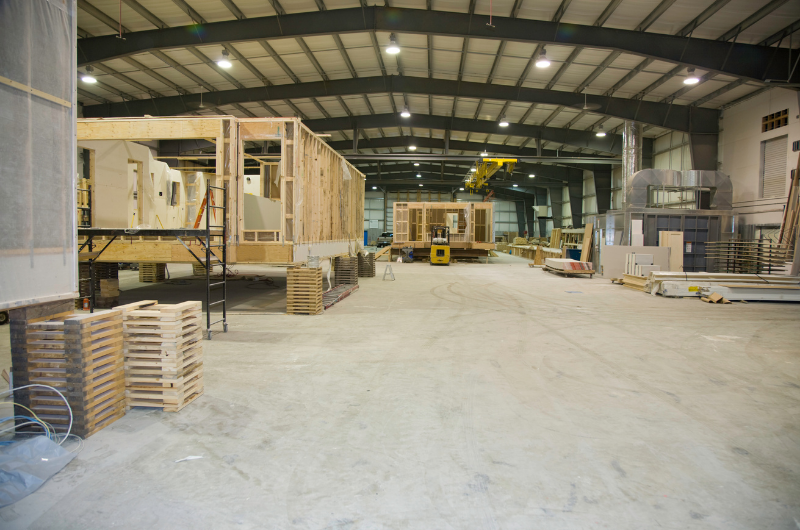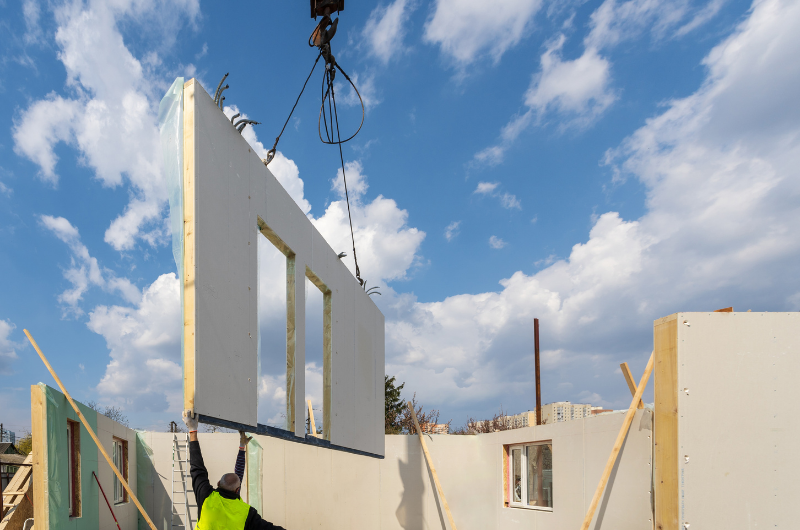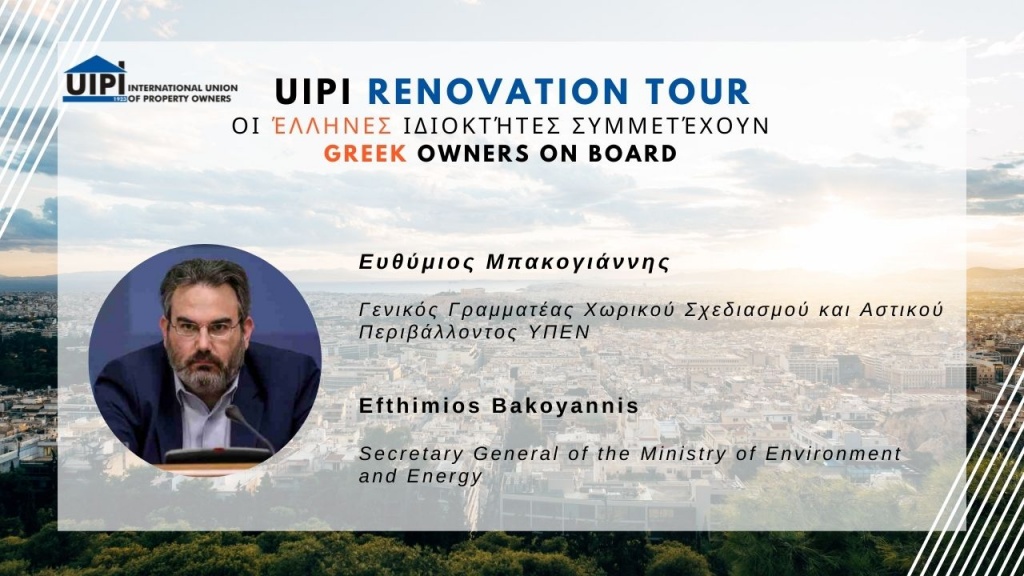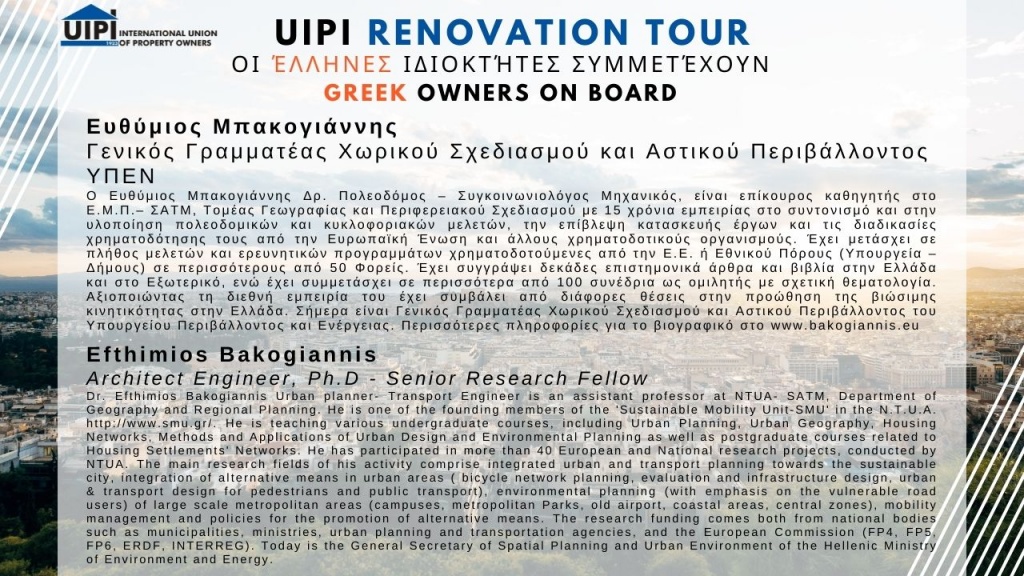Can industrialisation make retrofitting more accessible and affordable for property owners?
The building sector is submerged in the necessity to renovate the stock in order to improve energy efficiency and deliver decarbonisation. Adaptation will be one of the main challenges in the coming years, as it needs to be done quickly while facing scale and depth problems. That’s why a common model is required to address retrofitting considering all these requirements. Among the solutions identified, there is the process of industrialisation, referred in the European Commission’s Renovation Wave Strategy as the way to match “the higher demand for deeper renovation” with the “falling costs for smarter and more sustainable products”.

Industrialisation’s main principle is shifting to the whole construction process in the EU from the traditional or conventional, such as the brick and block, to prefabricated or modular techniques. Industrial production processes are based on techniques that allow automatization, such as assembling and disassembling on site, in order to make the renovation process faster and more flexible.
It can be implemented from the design and planning stages to the material selection and then to the own use of buildings once they are finished. The idea is that new elements for the buildings, for example facade panels or even the siding, are constructed offsite and then attached during the retrofitting, in order to accelerate the process and reduce inconveniences for tenants and property owners.
If policy-makers identify industrialisation as a key instrument in their quest to renovate the building stock, it is because it is reputed to present a certain number of advantages. Among them, being faster and cheaper can be highlighted, because the construction is done in factory and without interruptions, also there is no need to wait for favorable weather, less workers are needed and the building time is shorter. In addition, factory conditions allow for a greater control and improvement of health, safety and quality.
These techniques also respond to the objective of being more environmentally and community friendly. Modular builds are more energy-efficient and there is also a reduction in the carbon footprint of the builds as fewer people are travelling to and from the site.
Industrialisation also enables more affordable and efficient living, as for instance modular buildings cost less to live in, they are cheaper to heat and maintain, as well as no repainting or surface repairs are required and they can be easily expanded, relocated or reused.
Research is being done on how to use these techniques for post-construction renovation interventions, so that they can be used for retrofitting of the existing building stock. This is usually done by installing modular panels on building facades. There are already some experiences of this type of renovation done by projects financed by the EC, such as RenoZEB. This project uses plug and play solutions and modular panels to renovate buildings and make them efficient.

WHAT DO EXPERTS SAY?
But has industrialisation only advantages? What are the risk and obstacles? Is it adaptable to the entire stock? To answer these questions, we asked few experts in the most concerned sectors.
“Industrialization should be a synonymous of very high customization, fast and cheap assembling processes on site, modularity and standardization; but also monitoring and control improvement, all in one”.
“Before prefabrication/off-site technologies can be widely used, we need a holistically supportive approach to overcome challenges such as high initial investment costs, logistics and transportation difficulties, a lack of technology awareness and viable business solutions as well as of skills required to work with these new technologies and components”.
“For architects the question of industrialisation raises the fear of loosing design freedom and that no building is like the other, they all differ, even if similar, in orientation, and occupants - this should be considered. An advantage is of course the possibility to renovate in less time, which is less disturbing for the customer”.
“Plug-and-play solutions used by the project generally have a negative connotation among property owners and are not necessarily widely replicable given the heterogeneity of our stock. Yet research is progressing and opting for modular structure to renovate in an energy efficient way could save money, time and nuisance. To be attractive such solutions need to be price competitive on the market, offer high energy savings and been customisable and easy reparable”.
|

This project has received funding from the European Union’s Horizon 2020 research and innovation programme under Grant Agreement No. 768718.



